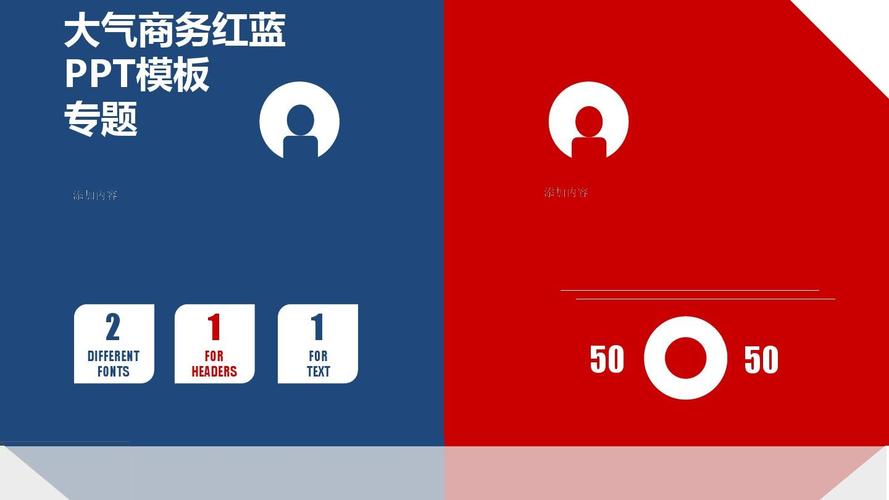Explore the World of Different Fonts: A Personal Journey
Have you ever wondered about the fascinating world of different fonts? Fonts are not just a way to display text on a screen or a page; they are a form of art, a way to express emotions, and a means of communication. In this article, I will take you on a personal journey through the diverse and intricate world of fonts, exploring their history, types, and the impact they have on our daily lives.
History of Fonts
The history of fonts dates back to the invention of writing itself. The earliest known fonts were created by the Sumerians around 3000 BCE. These fonts were simple, consisting of wedge-shaped marks made on clay tablets. Over time, as civilizations evolved, so did their writing systems and fonts. The Egyptians developed hieroglyphics, the Greeks created the first alphabets, and the Romans developed the Latin alphabet, which is the foundation of most modern fonts.

During the Middle Ages, the printing press was invented, which revolutionized the way fonts were created and used. The first printed book, the Gutenberg Bible, was printed using a type of font called Gothic. Gothic fonts were popular during this time due to their readability and durability. As the printing industry grew, so did the variety of fonts, with each new font designed to meet the needs of different publications and audiences.
Types of Fonts
Fonts can be categorized into several types, each with its own unique characteristics and uses. Here are some of the most common types of fonts:
| Font Type | Description | Example |
|---|---|---|
| Serif | Fonts with small decorative strokes at the ends of letters. | Times New Roman, Garamond |
| Sans-serif | Fonts without decorative strokes at the ends of letters. | Helvetica, Arial |
| Script | Fonts that mimic handwriting. | Brush Script, cursive |
| Display | Fonts designed for headlines and display purposes. | Impact, Bebas Neue |
Serif fonts are often used in print publications because they are easier to read at smaller sizes. Sans-serif fonts are popular for digital use because they are more legible on screens. Script fonts are often used for decorative purposes, while display fonts are used for headlines and other display elements.
The Impact of Fonts
Fonts have a significant impact on our daily lives, from the way we read books and articles to the way we interact with digital devices. Here are some of the ways fonts affect us:

-
Reading: Different fonts can affect our reading speed and comprehension. For example, serif fonts are often easier to read at smaller sizes, while sans-serif fonts can be more tiring to read for extended periods.
-
Branding: Fonts play a crucial role in branding. A company’s logo and typography can convey its values, culture, and personality. For example, Google’s logo uses a sans-serif font, which is modern and clean, reflecting the company’s values of simplicity and innovation.
-
Emotional Response: Fonts can evoke emotions and feelings. For example, a serif font can convey a sense of tradition and elegance, while a sans-serif font can convey a sense of modernity and simplicity.
-
Accessibility: Fonts can also impact accessibility. For example, certain fonts are designed to be more legible for people with visual impairments.
Choosing the Right Font
Choosing the right font for a project can be challenging, but it’s essential to consider several factors:
-
Context: The type of project you are working on will determine the type of font you should use. For example, a book cover will require a different font than a website header.
-
Legibility: Ensure that the font you choose is legible at the size and medium you are using.
-
Consistency: Use a consistent font throughout your project to maintain a cohesive look




